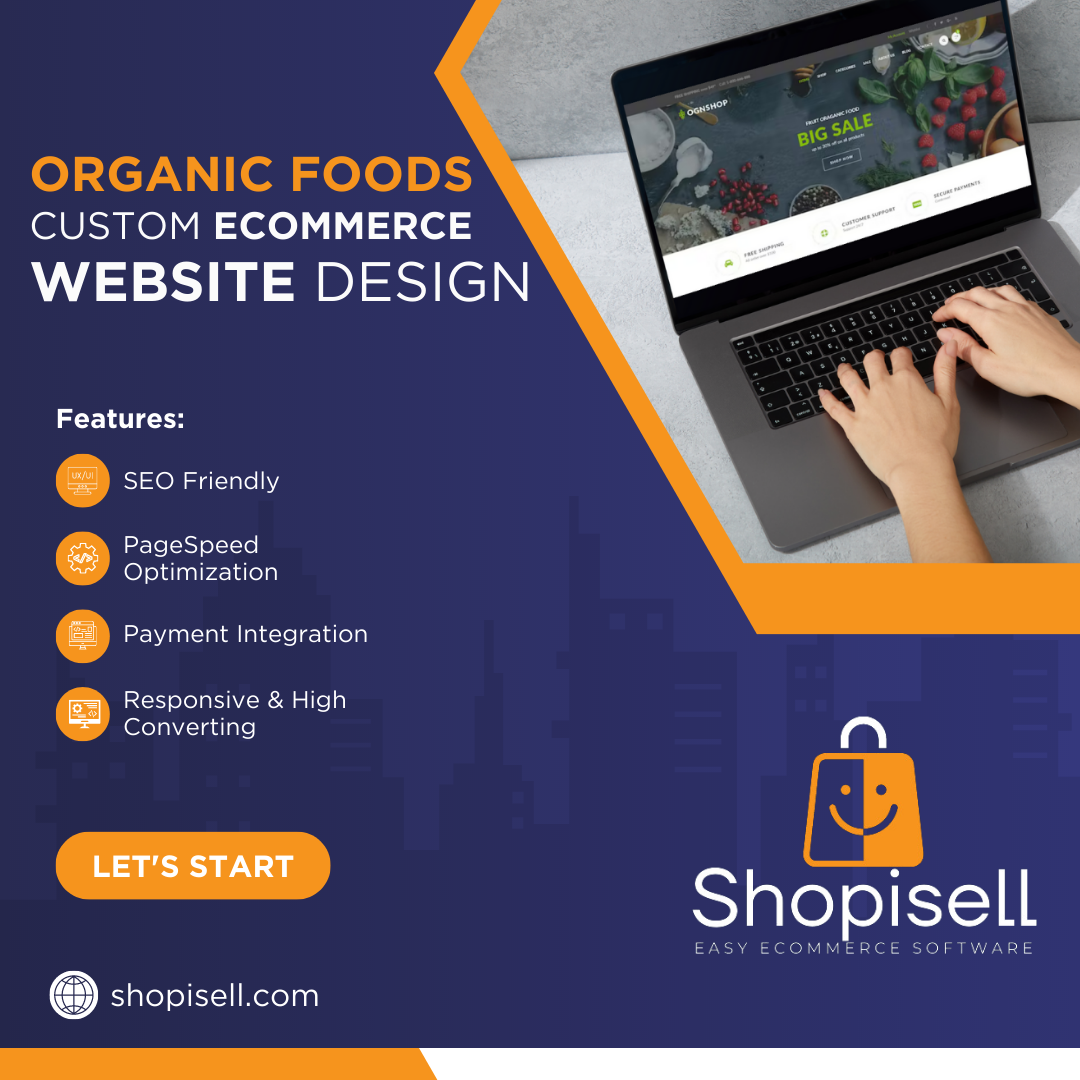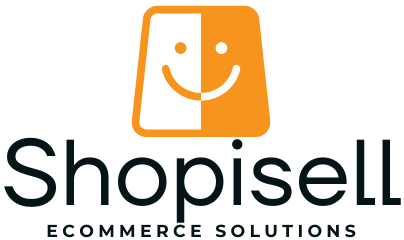
Enhancing Customer Experience with Advanced E-Commerce Features
In the competitive world of e-commerce, delivering an exceptional customer experience is more crucial than ever. Advanced e-commerce features can significantly enhance this experience, leading to increased customer satisfaction, higher conversion rates, and long-term business success. This article explores how you can leverage advanced features to improve customer experience on your e-commerce site, offering actionable tips and best practices for implementation.
Why Customer Experience Matters in E-Commerce
Customer experience (CX) is the overall impression a customer has of your business based on their interactions with your brand. In e-commerce, a positive CX can lead to increased customer loyalty, higher lifetime value, and more referrals.
Key Reasons Why Customer Experience is Important:
Customer Retention: Happy customers are more likely to return and make repeat purchases.
Brand Reputation: A great CX leads to positive reviews and word-of-mouth recommendations.
Competitive Edge: Excellent CX can set you apart from competitors in a crowded market.
Advanced E-Commerce Features to Enhance Customer Experience
1. Personalization
Personalization involves tailoring the shopping experience to meet the individual needs and preferences of each customer.
How to Implement Personalization:
Product Recommendations: Use algorithms to suggest products based on a customer’s browsing history and past purchases.
Dynamic Content: Display personalized banners, offers, and content based on user behavior and demographics.
Personalized Emails: Send targeted emails with product recommendations, discounts, and updates based on customer preferences.
Benefits of Personalization:
Increased Engagement: Relevant recommendations and offers keep customers interested.
Higher Conversion Rates: Personalized experiences drive more sales.
Improved Customer Satisfaction: Tailored content and offers meet individual needs and expectations.
2. Advanced Search Functionality
An intuitive and powerful search feature helps customers find products quickly and easily.
Features to Enhance Search Functionality:
Auto-Suggestions: Provide real-time search suggestions as users type.
Filters and Sorting: Allow users to filter products by categories, prices, and ratings, and sort them based on relevance or popularity.
Search Analytics: Analyze search data to understand trends and optimize product listings.
Advantages of Advanced Search Functionality:
Efficient Product Discovery: Helps customers find what they’re looking for faster.
Reduced Bounce Rates: Users are more likely to stay on your site if they can quickly find relevant products.
Enhanced User Experience: A smooth and effective search process improves overall satisfaction.
3. Live Chat and Chatbots
Live chat and chatbots provide real-time support and assistance to customers.
Implementing Live Chat and Chatbots:
Live Chat Support: Offer instant help from customer service representatives for complex queries.
AI-Powered Chatbots: Use chatbots for common questions, order tracking, and basic support.
24/7 Availability: Ensure that live chat and chatbots are available around the clock to assist customers.
Benefits of Live Chat and Chatbots:
Immediate Assistance: Customers get answers to their questions without waiting.
Improved Customer Satisfaction: Quick and helpful support enhances the shopping experience.
Increased Efficiency: Automate routine tasks and free up customer service representatives for more complex issues.
4. Seamless Checkout Process
A streamlined and user-friendly checkout process is essential for converting visitors into customers.
How to Optimize the Checkout Process:
One-Page Checkout: Reduce the number of steps required to complete a purchase.
Multiple Payment Options: Offer a variety of payment methods, including credit cards, digital wallets, and buy-now-pay-later options.
Guest Checkout: Allow customers to complete their purchase without creating an account.
Advantages of a Seamless Checkout Process:
Increased Conversions: A simple and fast checkout process reduces cart abandonment.
Enhanced User Experience: Customers appreciate a smooth and efficient checkout experience.
Higher Sales: Fewer obstacles lead to more completed transactions.
5. Mobile Optimization
With the rise of mobile shopping, ensuring your e-commerce site is mobile-friendly is crucial.
Mobile Optimization Best Practices:
Responsive Design: Ensure your site adjusts to different screen sizes and devices.
Fast Loading Times: Optimize images and scripts for quick page load speeds on mobile devices.
Touch-Friendly Navigation: Make sure buttons, links, and forms are easy to interact with on touch screens.
Benefits of Mobile Optimization:
Increased Mobile Sales: A well-optimized mobile site captures more sales from mobile shoppers.
Better User Experience: Mobile-friendly design improves the overall shopping experience.
Higher Search Rankings: Google prioritizes mobile-friendly sites in search results.
6. Product Reviews and Ratings
Product reviews and ratings provide social proof and help customers make informed purchasing decisions.
Features for Product Reviews and Ratings:
Customer Reviews: Allow customers to leave reviews and rate products.
Review Moderation: Monitor and moderate reviews to ensure they are genuine and helpful.
Review Display: Highlight positive reviews and ratings on product pages.
Advantages of Product Reviews and Ratings:
Increased Trust: Reviews and ratings build credibility and trust.
Informed Decisions: Customers rely on reviews to make purchasing choices.
Enhanced Customer Engagement: Encourage customers to share their feedback and experiences.
7. User-Friendly Navigation
Effective navigation ensures customers can easily explore your site and find what they need.
Ways to Improve Navigation:
Clear Menu Structure: Organize categories and subcategories logically.
Breadcrumb Navigation: Help users understand their location within the site hierarchy.
Search Bar Placement: Make the search bar easily accessible on every page.
Benefits of User-Friendly Navigation:
Improved Usability: Easy navigation helps customers find products and information quickly.
Reduced Frustration: Clear menus and search options reduce customer frustration.
Increased Sales: Effective navigation leads to more product discoveries and purchases.
8. Interactive Product Displays
Interactive product displays engage customers and provide a better understanding of products.
Interactive Features for Product Displays:
360-Degree Views: Show products from all angles with interactive 360-degree images.
Augmented Reality (AR): Allow customers to visualize products in their own environment using AR technology.
Product Videos: Provide detailed product demonstrations and features.
Advantages of Interactive Product Displays:
Enhanced Product Understanding: Customers can see and experience products in a more immersive way.
Increased Engagement: Interactive features capture customer interest and drive sales.
Higher Conversion Rates: Better product displays lead to more informed purchasing decisions.
Best Practices for Implementing Advanced E-Commerce Features
1. Test and Iterate
Regularly test new features and gather feedback to make improvements.
A/B Testing: Compare different versions of features to see which performs better.
User Feedback: Collect feedback from customers to understand their needs and preferences.
2. Stay Updated with Technology Trends
Keep up with the latest advancements in e-commerce technology.
Research Trends: Follow industry news and technology blogs.
Explore New Tools: Evaluate emerging technologies for potential benefits.
3. Focus on Security and Privacy
Ensure that advanced features do not compromise security and privacy.
Secure Transactions: Implement SSL certificates and secure payment gateways.
Protect Customer Data: Follow best practices for data protection and privacy compliance.




